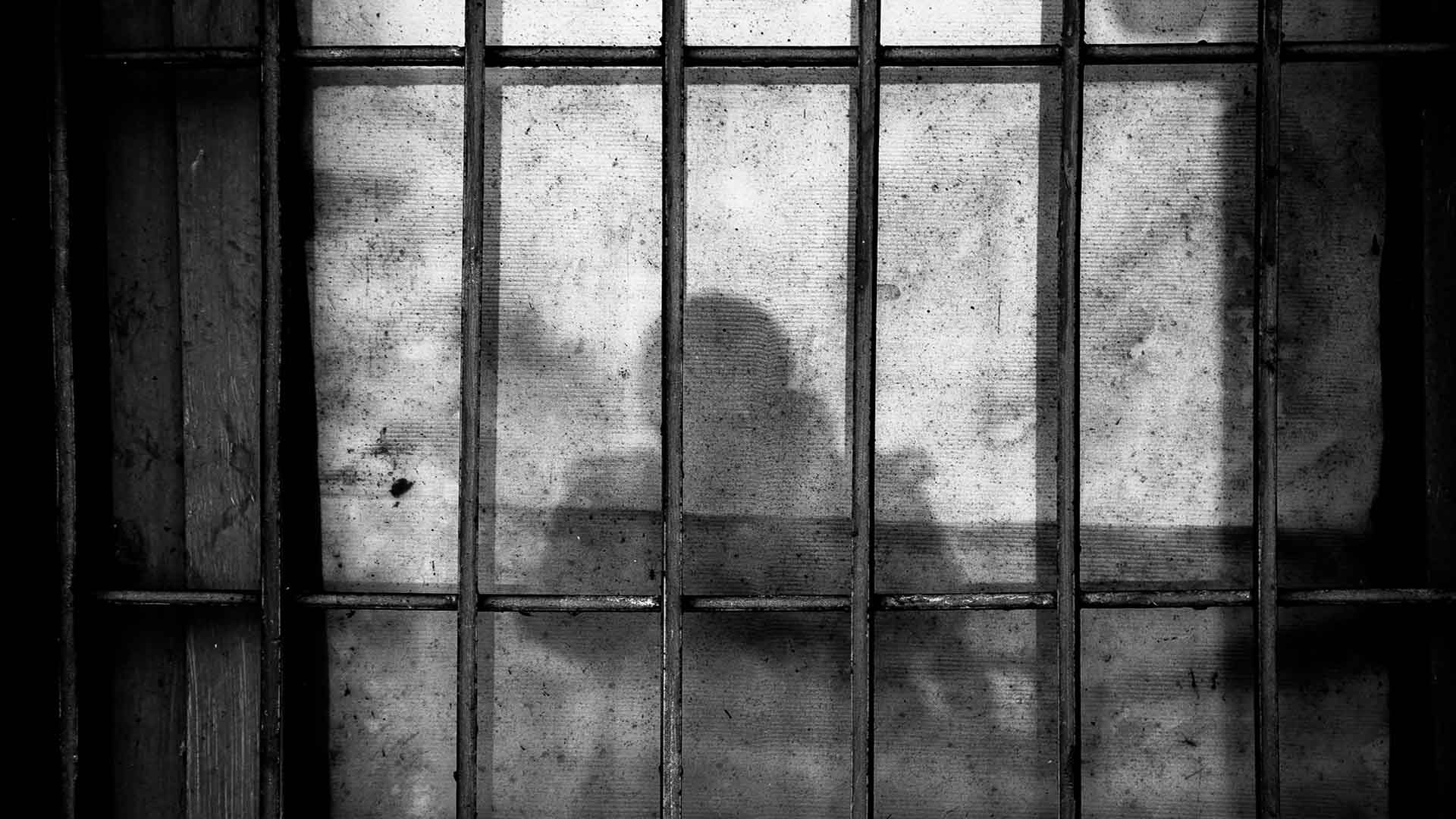The Department of Justice recently announced that it has begun to implement new prison rape regulations outlined ten years ago in the Prison Rape Elimination Act. Here are nine things you should know about prison rape.
1. According to the National Institute of Justice, even after more than four decades of research, it is still unclear how much rape and sexually violent activity occurs in prisons, jails, and other corrections facilities in the United States. But based on its most recent study, released in May 2013, the Bureau of Justice Statistics (BJS) estimates that roughly 200,000 people were sexually abused behind bars in a single year.
2. About half of the prisoners reporting abuse were victimized by staff – the very people whose job it is to keep them safe.
3. 9.1 percent of male and female inmates reported they were aware of an inmate who had been raped by a correctional staff member. Male and female inmates — about 34 percent and 28 percent respectively — reported they knew of an inmate who reported rape to staff members. A high percentage of both male and female inmates indicated that corrections officers try to protect inmates from being victimized.
4. Inmates who identify as gay, lesbian, and transgender were abused by other inmates at a rate more than ten times higher than straight prisoners. Survivors of previous sexual violence – whether behind bars or in the community – are also exceptionally vulnerable.
5. On average, each prisoner rape survivor is assaulted three to five times a year.
6. The BJS found that inmates who reported being sexually assaulted were as likely to be punished themselves as to get to talk to an investigator or see their abuser held accountable.
7. As prisoners return home – and 95 percent of all inmates are eventually released – they bring with them the diseases they acquired in detention. Prisoner rape victims are highly vulnerable to contracting HIV and other sexually transmitted diseases. In 2004, the HIV prevalence rate inside U.S. prisons was more than four times higher than in society overall. Hepatitis C rates are 8 to 20 times higher in prisons than on the outside, with 12 to 35 percent of prison cases involving chronic infection. The rates of infection for chlamydia, gonorrhea, and syphilis are likewise significantly higher among inmates than in the population at-large.
8. Congress enacted the Prison Rape Elimination Act of 2003 (PREA) to address the problem of sexual abuse of persons in the custody of U.S. correctional agencies. PREA calls for Federal, State, and local corrections systems to have a zero-tolerance policy regarding prison rape (as defined by PREA) in prisons, jails, police lock-ups, and other confinement facilities.
9. Although the PREA was passed during George W. Bush’s first term, the Department of Justice only announced this month that it has begun to implement new prison rape regulations outlined ten years ago in the PREA. “We’re poised now – finally – to take action,” Deputy Assistant Attorney General Mary Lou Leary told attendees of an American Bar Association event in Washington, D.C.
